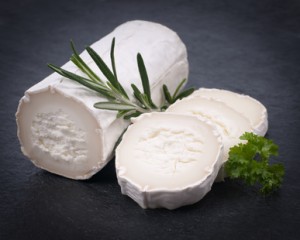The unknown mixture of milk from different species can be a common fraud in the cheese sector. Sheep milk is more expensive than goat´s or cow’s milk and tends to be adulterated with those of lower cost. Sheep´s and goat´s milk prices could however vary depending on the milk availability. Recent shortage of goat´s milk in the market made sheep´s milk prices double and therefore adulteration of goat´s milk with sheep´s milk should also be checked.

These adulterations are especially important for cheese makers, not only for economical reasons, but also because unknown milk mixtures produce changes in the final sensory properties and reduce the product quality. Besides, cheese producers need to assure that labelling details correct information about the milk species containing in the final product.
A recent study carried out by the British consumer rights group Which? revealed adulteration of goat´s cheese with sheep´s milk. Out of 76 goat cheese samples tested, 3 contained more than 80% of sheep milk and 4 more samples up to 50%.
Greece, Spain, Italy, France and Romania are the main producers of sheep milk in the EU with about 92% of the total production (eurostat 2013). However cheese containing milk from sheep or goat is made in many other countries.
Cheese makers should check milk prior to production to assure correct labelling and expected quality. Cheese, yogurt and any other end products must also be checked to ensure consumers received the right information.
Milk species identification can be easily and quickly checked using rapid strip tests. ELISA and PCR methodologies are also available, but should be carried out at a laboratory.
